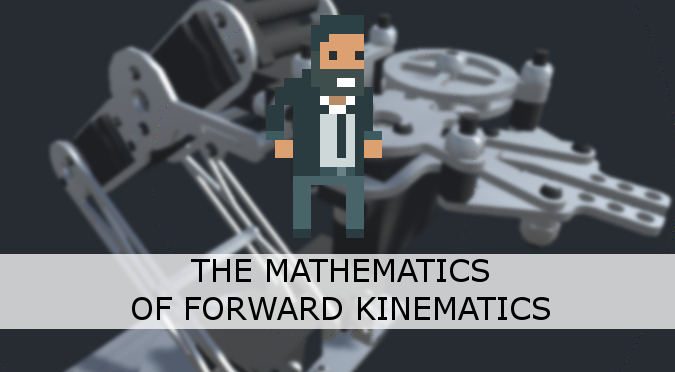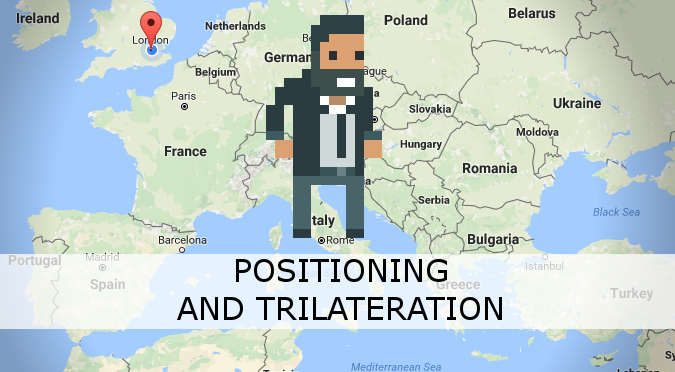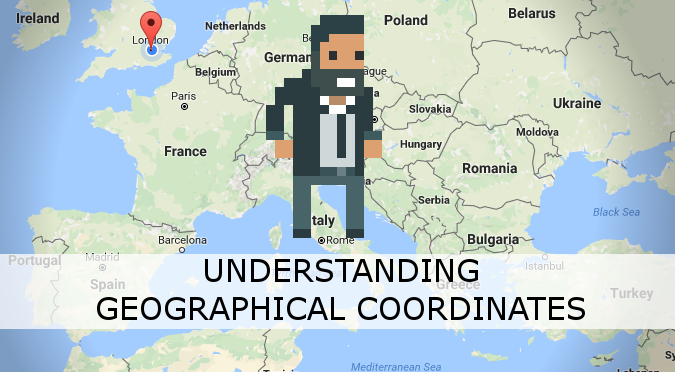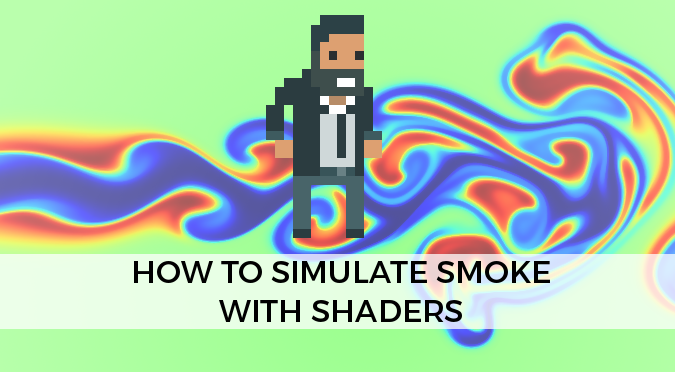Category: Maths
-

Implementing Forward Kinematics
This tutorial continues our quest to solve the problem of forward kinematics. After exploring a mathematical solution in The Mathematics of Forward Kinematics, we will see how to translate it into C# for Unity. The next tutorial, An Introduction to Gradient Descent, will finally show the theoretical foundations to solve inverse kinematics. The other post in this series can be found…
-

The Mathematics of Forward Kinematics
This tutorial starts our journey into the world of inverse kinematics. There are countless ways to approach this problem, but they all starts with forward kinematics. Inverse kinematics takes a point in space, and tells you how to move your arm to reach it. Forward kinematics solves the opposite, dual problem. Knowing how you are moving your arm, it…
-

Positioning and Trilateration
This post shows how it is possible to find the position of an object in space, using a technique called trilateration. The traditional approach to this problem relies on three measurements only. This tutorial addresses how to it is possible to take into account more measurements to improve the precision of the final result. This algorithm is…
-

Understanding Geographical Coordinates
This series introduces the concept of trilateration. This technique can be applied to a wide range of problems, from indoor localisation to earthquake detection. This first post provides a general introduction to the concept of geographical coordinates, and how they can be effectively manipulated. The second post in the series, Positioning and Trilateration, will cover the actual…
-

Fractals 101: The Mandelbrot Set
This is the second part of Fractals 101, a series of tutorial dedicated to fractals. This post will investigate two popular fractals: the Mandelbrot set and its 3D cousin, the Mandelbulb.
-

The Autocorrelation Function
The purpose of this tutorial is to show a simple technique to estimate periodicity in time series, called autocorrelation. This tutorial is part of a longer series that focuses on how to analyse time series.
-

Time Series Decomposition
This tutorial will teach you how you can extract valuable information from time series, such as your sold copies on Steam or your Google Analytics. The previous part of this series introduced a technique called moving average, which has been used to attenuate the effects of noise in a signal. When signals represent an event that evolves over time,…
-

How to Simulate Smoke with Shaders
This post will show how to simulate the diffusion of smoke using shaders. This part of the tutorial focuses on the Maths and the code necessary to recreate the smoke effect. To learn how to set up your project, check out the first part: How to Use Shaders For Simulations.
-

To Voronoi and Beyond
Voronoi Diagrams This tutorial is a primer on Voronoi diagrams: what they are, what you need them for and how to generate them using a Shader in Unity. You can download the complete Unity page in Part 4. Part 1: Voronoi Diagrams Technically speaking, Voronoi diagrams are a way to tassellate a space. It means…
-

The Transformation Matrix for 2D Games
—
in MathsThis tutorial will introduce the Transformation Matrix, one of the standard technique to translate, rotate and scale 2D graphics. The first part of this series, A Gentle Primer on 2D Rotations, explaines some of the Maths that is be used here.
